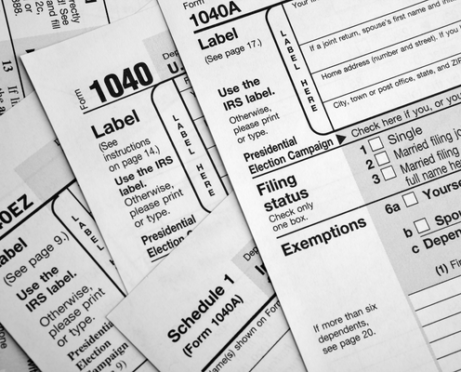
The week of February 21-25, 2022 is America Saves Week (ASW), an annual event (since 2007) that encourages Americans to save money and build wealth. Part of the America Saves program, ASW encourages people to take an online pledge to save money, set personal savings goals, and create an action plan to save money.
The theme for ASW is “Building Financial Resilience,” i.e., the capacity to handle financial “shocks” such as income loss or emergency repairs.
Below are eight insights about savings that I gleaned from the America Saves program and government data sources:
Savings Rates Dropped in 2021
The U.S. personal savings rate was 33.8% in April 2020 as pandemic lockdowns took hold. Many people could not spend money so they saved it. By January 2021, as vaccines started to roll out, the savings rate was 19.9%.
In April, July, and December 2021, savings rates were 12.6%, 10.6%, and 7.9%, respectively. As people began to spend more on travel, entertainment, and other discretionary expenses, savings rates were back in single digits.
Repaying Debt is a Form of “Savings”
Debt is one of the biggest barriers to savings because payments for loans, credit cards, and other obligations suck up available income. Paying down debt usually pays a higher “return” than earnings on a savings account or investments.
For example, compared to paying off the balance on a credit card with an 18% APR (interest), where else could you get a guaranteed, risk-free, 18% return? That said, however, it is wise for people with debt to have emergency savings and retirement savings, especially with employer matches. Ideally, try to do all three things.
Automated Savings is Powerful
At America Saves forums in past years, financial institutions and fintech firms reported success with round-up apps for saving money. People can accumulate significant sums over time by rounding up their purchases to the nearest dollar.
For example, if you spend $5.25 with a debit or credit card for coffee and a bagel, the extra 75 cents gets put into savings. Examples of round-up apps include Acorns, Chime, Qoins, and Stash.
Pre-commitments Encourage Savings
People save more money when they commit today to increased savings in the future (e.g., when they receive a raise or promotion). This is typically done in employer retirement savings plans with an auto-escalation feature that automatically increases an employee’s contribution amount by a specific percentage of pay.
Research has shown that auto-escalation at the time of a pay raise minimizes feelings of “loss” because people can save more money without decreasing their take-home pay. It also uses inertia positively because most workers do not opt-out.
Vivid Goals Are Powerful and Motivational
Saving for something specific is easier than saving for saving's sake. Vivid goals can be specific dollar amounts or tangible items such as a certain make/model car. Anything people can do to make savings vivid is a good idea.
Examples: posting photos of goals in prominent places (e.g., fridge) and online calculators and apps to break a goal down into a series of steps and progress points. Another strategy is to set up savings accounts for specific goals and name the accounts (e.g., “2022 vacation fund”) so you are less likely to spend the money elsewhere.
Emergency Savings is Vital
While financial experts recommend three to six months of expenses for emergency funds, any amount of savings is better than none. Emergency funds reduce stress and worry about unexpected events (e.g., loss of income) and expenses (e.g., a car repair).
Start with small steps…first $100, second $100…etc. and gradually work up to higher amounts. According to America Saves, research shows that low-income families with at least $500 in an emergency fund were better off financially than moderate-income families with less than this amount.
Most People Can Save Something
Research studies have found that most low- and moderate-income consumers can save something, especially if they receive supportive services such as employer savings match, financial coaching, and individual development account (IDA) program financial education and savings match.
Financially strapped individuals can start their savings journey very simply by saving their loose change in a jar or completing a simple savings challenge. Once people save small dollar amounts, they develop confidence and pride and often go on to save larger amounts.
An Optimistic Mindset Helps
Pessimism is a big barrier to savings. If people have had no savings role models, negative savings experiences, or don’t think they can save money, they are unlikely to try.
This is why financial coaches and culturally relevant financial education can be so useful to break down pessimism and convince people that they can save. The key is to get savings on your radar and adopt positive savings habits. What people think about, they bring about.
Happy America Saves Week 2022. Take time to consider your savings goals and if you are on track to achieve them.




